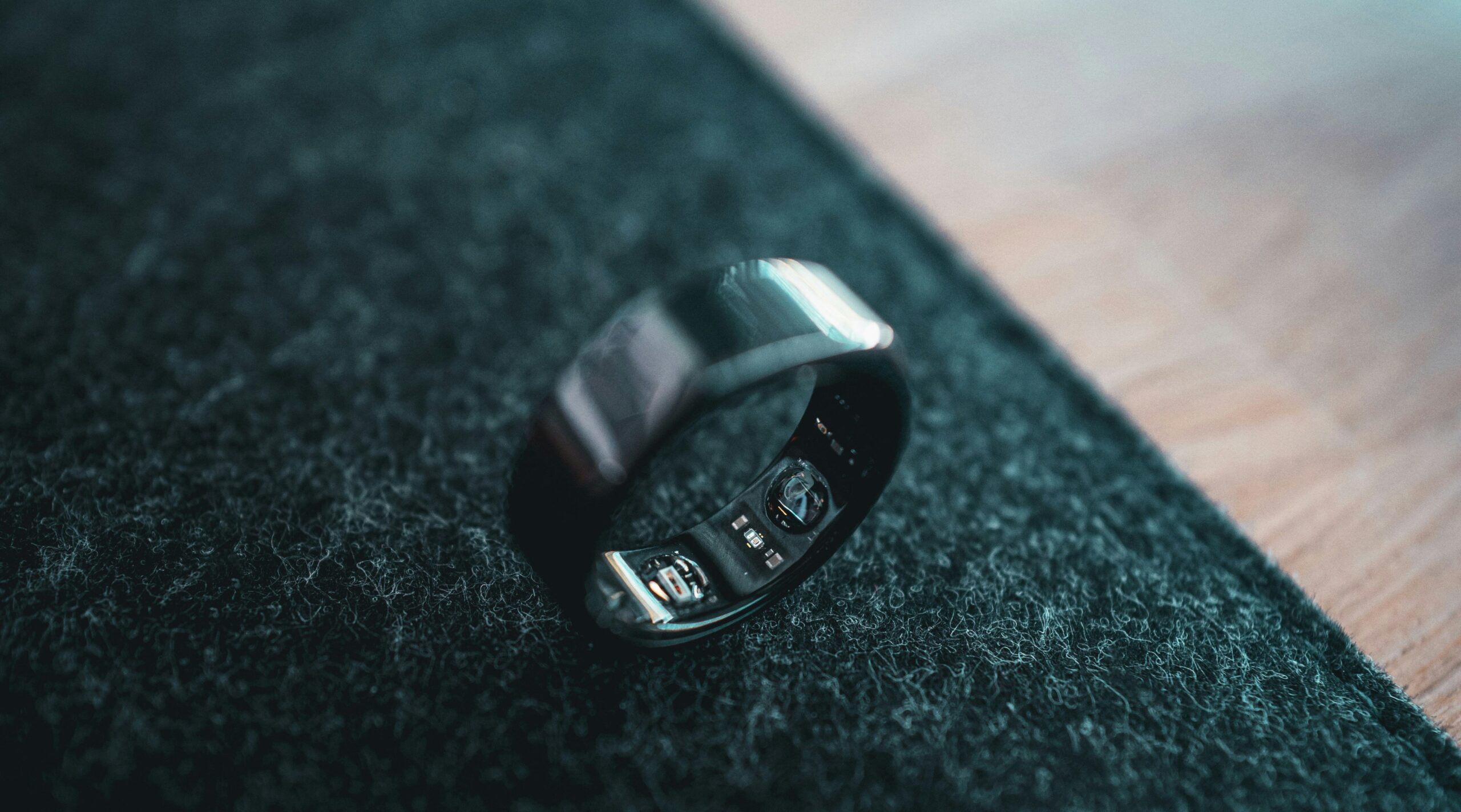23/04/2025
Offering compact and discreet solutions for health and wellness tracking, smart rings are playing a key role in the personal health revolution. While still relatively early in adoption, the global smart ring market is valued at roughly $350 million (£260m) and is projected to grow beyond $1 billion (£760m) by 2030 [1]. This growth has been driven by a combination of startup innovators such as Circular and Ultrahuman alongside established personal technology companies like Samsung, Apple, and Xiaomi. Investors are keenly aware of the potential for smart rings to form a key part of the health tech landscape, with Finnish company Oura recently closing $200 million (£150m) funding round, bring its valuation to $5.2 billion (£3.9bn) [2].
At present, many smart ring models incorporate sensors for tracking metrics such as heart rate, sleep quality, and skin temperature together with additional functions such as contactless payment. Their small form factor makes them ideal for users looking for unobtrusive health insights without the bulk of a smartwatch or fitness band.
As the market becomes more competitive, ensuring a robust patent strategy is in place will become a critical differentiator. Companies are therefore investing in patents around areas such as sensor integration, battery efficiency and device connectivity. Strong patent portfolios can provide a competitive edge, not just by protecting core technologies, but also by increasing valuation, attracting investment, and positioning companies for strategic partnerships or acquisitions. For both startups and incumbents, controlling key IP will likely shape who leads in this evolving space.
Patent Trends

Figure 1. Worldwide patent publications per year related to wearable rings and wearable devices; data collected using Cooperative Patent Classification Code and keyword searching (e.g., A61B5/6826(240) and “Wearable Ring”)
An examination of patent publications relating to smart ring technology reveals a remarkable rise in the last five years. Notably, there has been a sharp acceleration in patent publications since 2022, in which there were approximately 112 patent applications published related to wearable rings. This number further increased year on year with approximately 193 publications in 2023 and approximately 382 publications in 2024, a nearly twofold increase from the previous year. The rapid growth in patent publication activity suggests a significant surge in investment and innovation in the smart ring sector.
One potential reason for this is the pivot of smart ring technology from wellness to health tracking [3]. As Oura CEO Tom Hale pointed out, the next major challenge for this form factor is delivering “clinical-grade” accuracy – a goal that requires overcoming substantial technological hurdles such as minimising sensor size and maximising battery life and data fidelity.
In contrast, the number of patent publications related to wearable device as a whole – including smart watch, fitness trackers and other body-worn technology – has followed a more gradual and steady increase which may indicate the increased maturity of the wider wearables market.
Company Spotlights
The landscape of top patent filers in the smart ring space is composed of both established multinational corporations and more specialised small to medium-sized enterprises. The leading filers include Samsung, Oura, Apple, Sky Labs, and Quanata.
Oura continues to lead the smart ring market, with an 80% market share as of 2023 [4], which is evidenced in their maintained position as a top patent filer in this space alongside larger personal technology companies like Apple and Samsung. This suggests an emphasis on intellectual property as a core strategy. The company’s latest offering, the Oura Ring 4, introduces several hardware advances such as an advanced photoplethysmography (PPG) system that measures blood volume changes, improving the accuracy of biometric data, especially for heart rate and heart rate variability measurements. In addition to enhanced biometric tracking, Oura has integrated several new features such as Automatic Activity Detection, Cycle Insights, and Daytime Stress Monitoring [5]. These innovations help users better understand their daily activity patterns and overall health.
Sky Labs introduces software advances which emphasise AI-powered health monitoring and hospital-integrated solutions, positioning itself at the intersection of wearable technology and clinical diagnostics. This aligns with the broader industry push toward “clinical-grade” health tracking – a goal that, as previously noted, remains a major focus for smart ring technology. Similarly, Quanata utlises algorithms and data intelligence to enhance health data insights. The diversity in strategies by Oura, Sky Labs, and Quanata underscores a broader trend in the smart ring ecosystem: an increasing interplay between miniaturised sensors and advanced software, shaping how personal health solutions are delivered.
Another company exploiting the patent system and particularly focusing on the shift from general wellness to more personalised health, is Evie by Movano. Designed specifically with women’s health in mind, Evie leverages the latest research on hormonal health and uses it as training data for its AI-driven insight engine. This platform allows users to log menstrual symptoms and receive tailored responses to health-related questions. By tracking patterns over time, the system can help identify underlying trends and empower users to take proactive steps toward improving their overall wellbeing.
We are excited to see how the smart ring space develops over the next few years. As competition increases, patent protection will become more valuable than ever for companies of any size to protect their products and technological knowhow.
Here at Reddie & Grose, we have a large number of attorneys in our electronics and software team with interest and experience in medical technologies. If you need help protecting your innovations in this field, then please do get in touch.
This article is for general information only. Its content is not a statement of the law on any subject and does not constitute advice. Please contact Reddie & Grose LLP for advice before taking any action in reliance on it.
[1] Smart Rings Market Size And Share | Industry Report, 2030
[2] Smart ring start-up Ōura raises $200mn as valuation leaps to $5.2bn
[3] We saw three potential futures for smart rings at CES | Android Central




